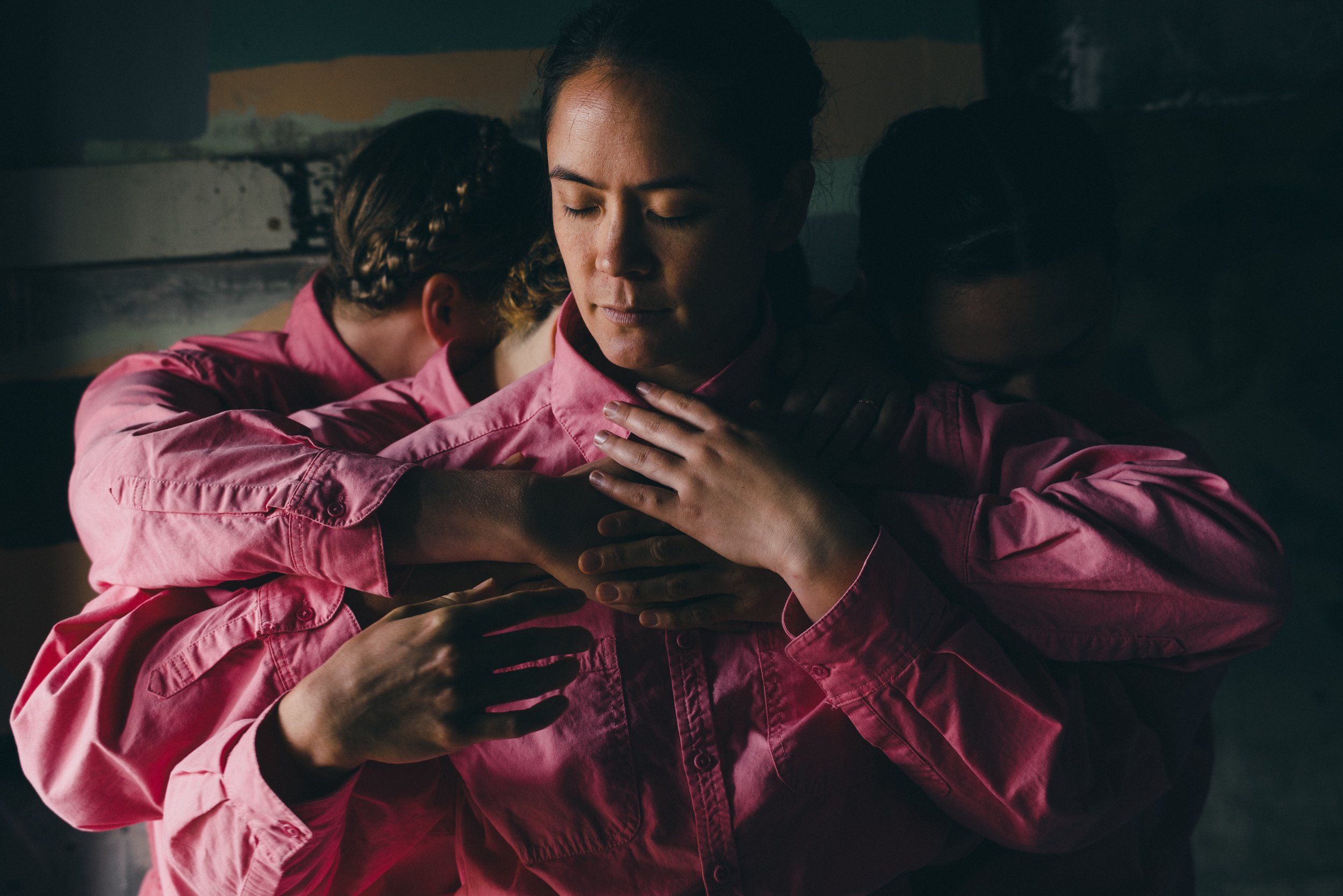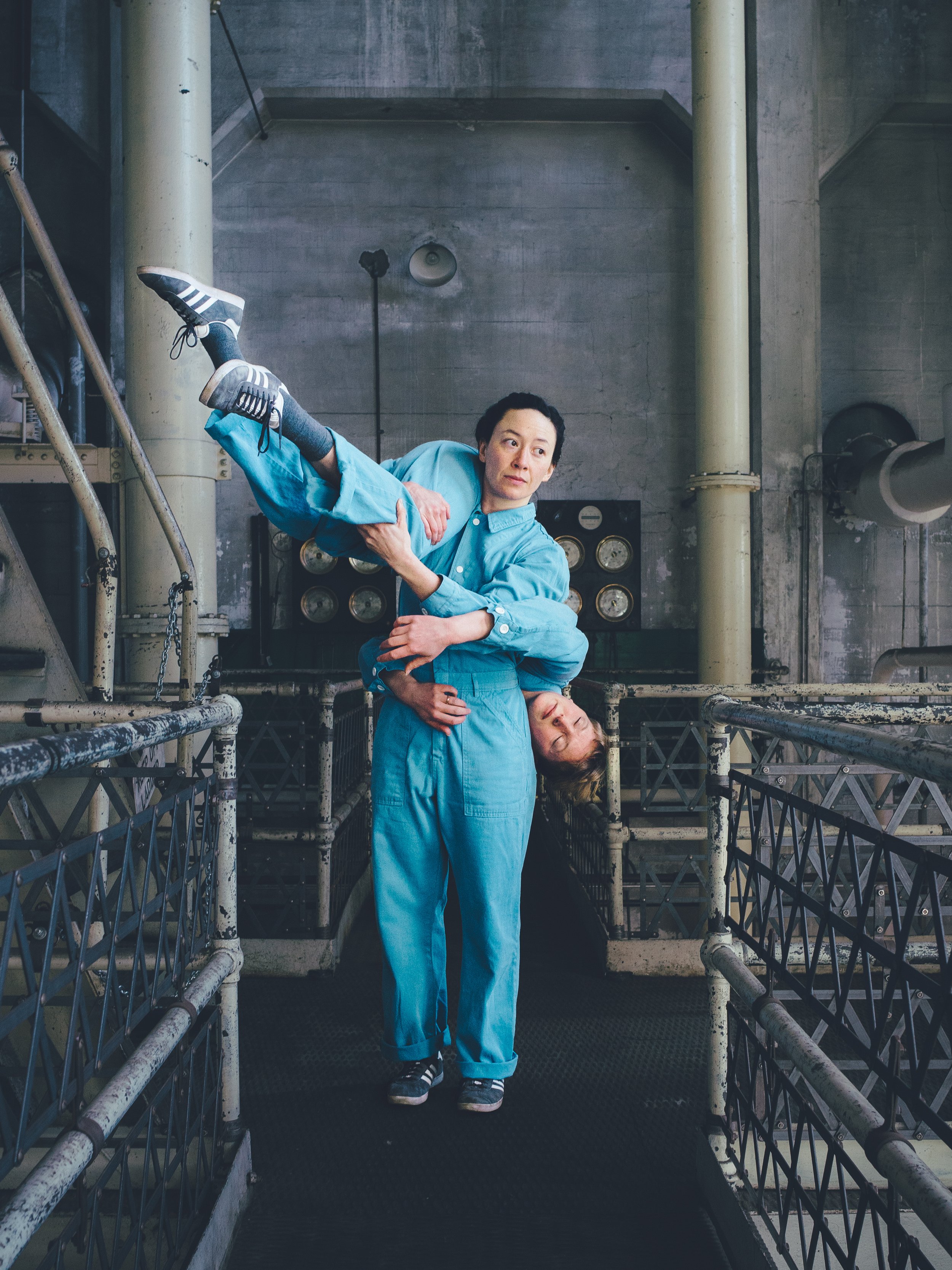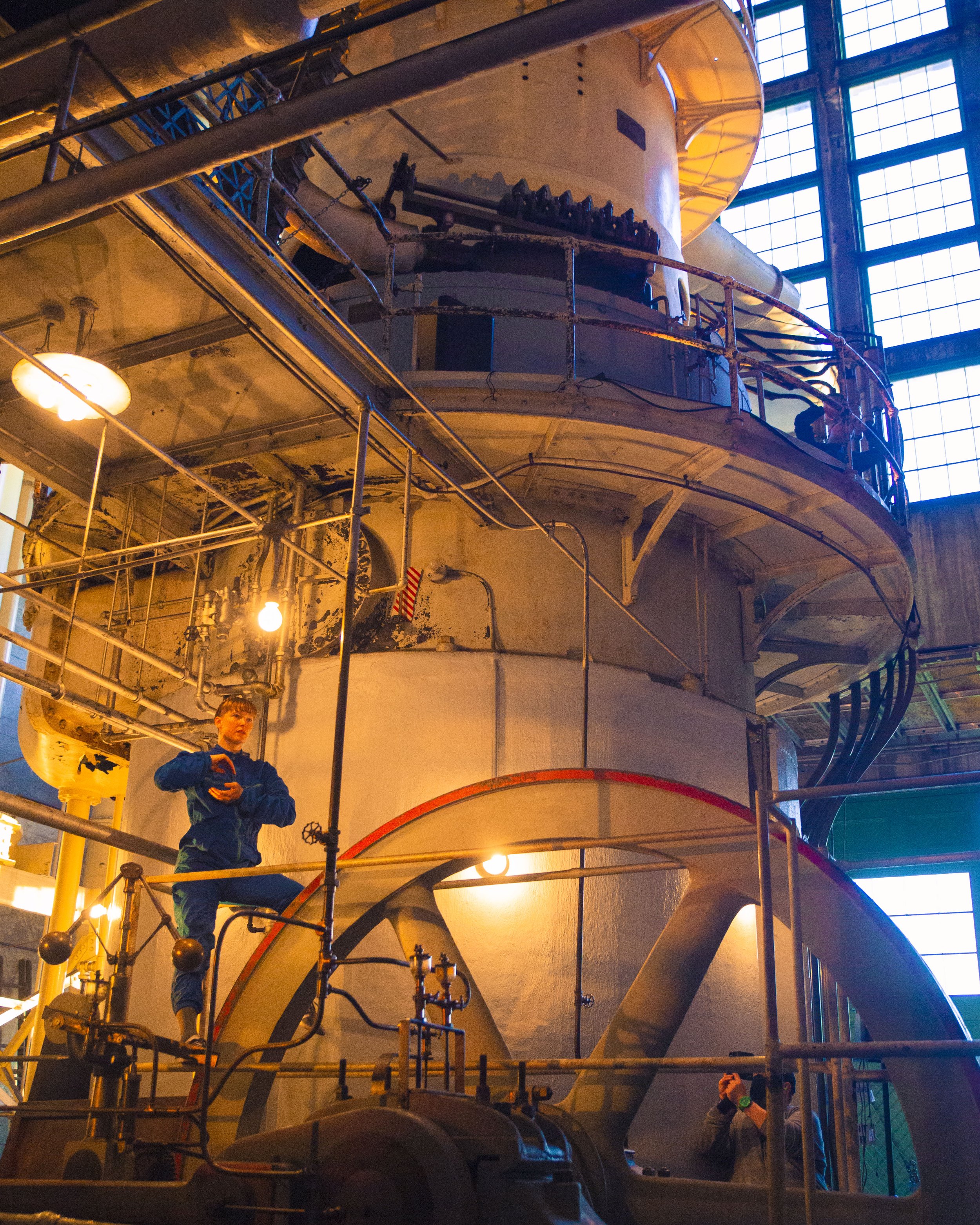
this is concrete
this is concrete
This is concrete is a site-responsive dance film created for and in collaboration with the Fort Worden Historical State Park in Washington. The fort was initially constructed to protect the Puget Sound from invasion by sea. Its batteries convey a natural sense of movement and mechanics with networks of rooms, staircases, doors and windows that the piece translates through dance.
Staged within concrete military batteries, this immersive and site-responsive dance film examines: "concrete" as an adjective and noun, something built to last forever, even outlast humanity; the powerful way nature takes over the imposing concrete batteries; the irony behind a construction that became obsolete before it was ever used; the park’s Chinese Gardens, a historic place of resistance for local immigrants; the fort’s history as a training location and diagnostic and treatment center for troubled youth; and how a group of womxn dancers engage a landscape designed specifically with men in mind.
this is concrete II
This is concrete II is a site-responsive 5 hours long durational performance. created for and in collaboration with the Georgetown Steam Plant in Seattle, Washington.
115 years ago the plant was erected on the unceded lands of the Duwamish/Coast Salish. Engineered by Lilian and Frank Gilbreth, pioneers in the field of efficient design, the plant was one of the first major reinforced concrete buildings on the W. Coast. Once complete, the monolith sustained Seattle's growing transportation needs, fueling industrial and commercial growth. For Coast Salish peoples, the civil engineering project forever altered their relationship to their home land and waters, eliminating traditional food sources for the tribe and disrupting shoreline ecosystems for all. Then, as now, the Gilded Age was marked by unwieldy growth, excess, rampant inequality and environmental degradation. Today the area has been designated a superfund site and the plant has become obsolete, yet it reminds us of the price of human “progress” permanency of antiquated technology.
This history along with body-based explorations of the steam plant’s industrial steam plant and the surrounding land will coalesce into a 5-hour, live and in-person performance ritual animated by dance, live music and audience participation. The performance included the work of approximately 40 local artists including a cast of eight dancers, rotating live musicians, including Path with Art’s community choir, composer and marimba player Erin Jorgensen, costume, light and graphic designers, stage managers and audio engineers.







